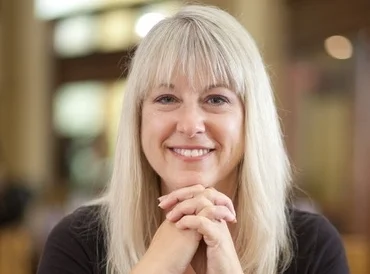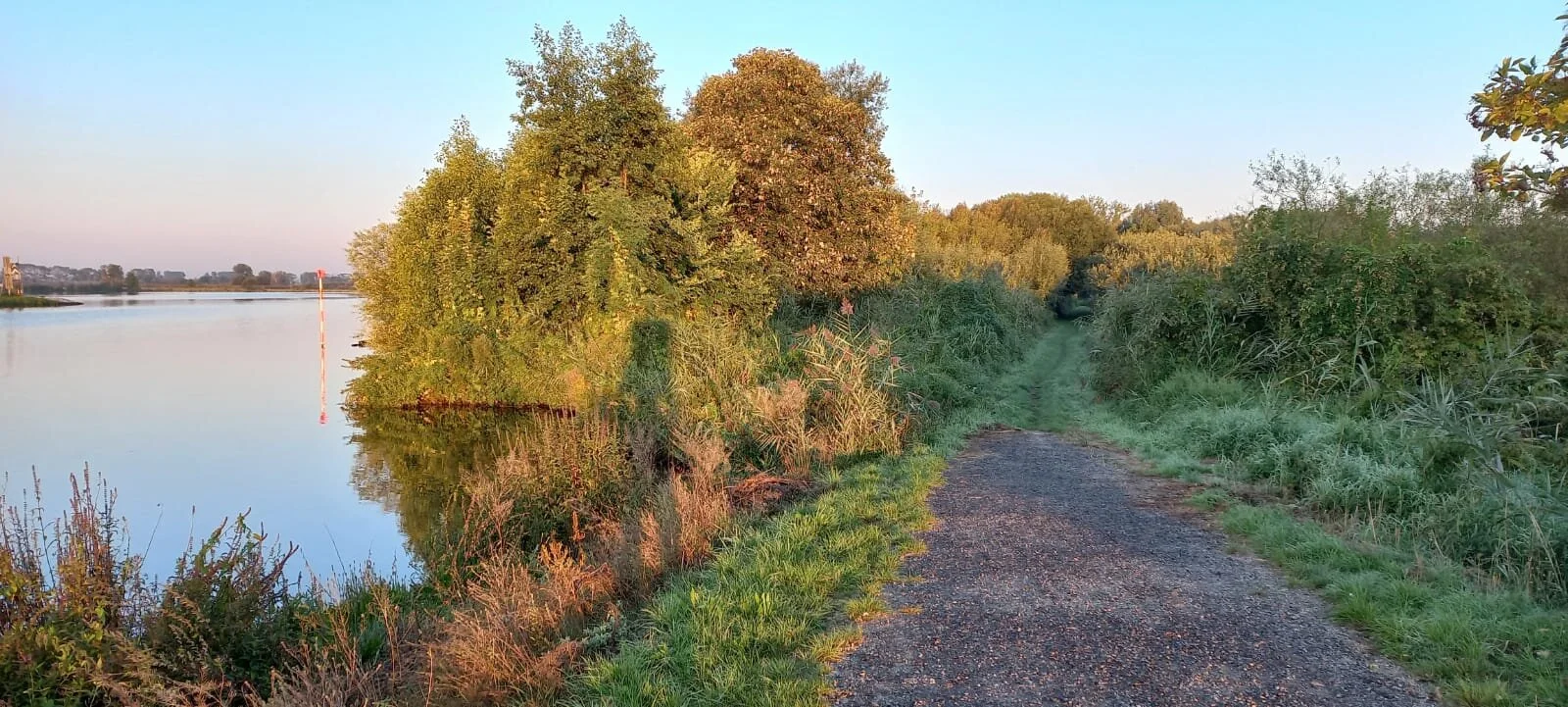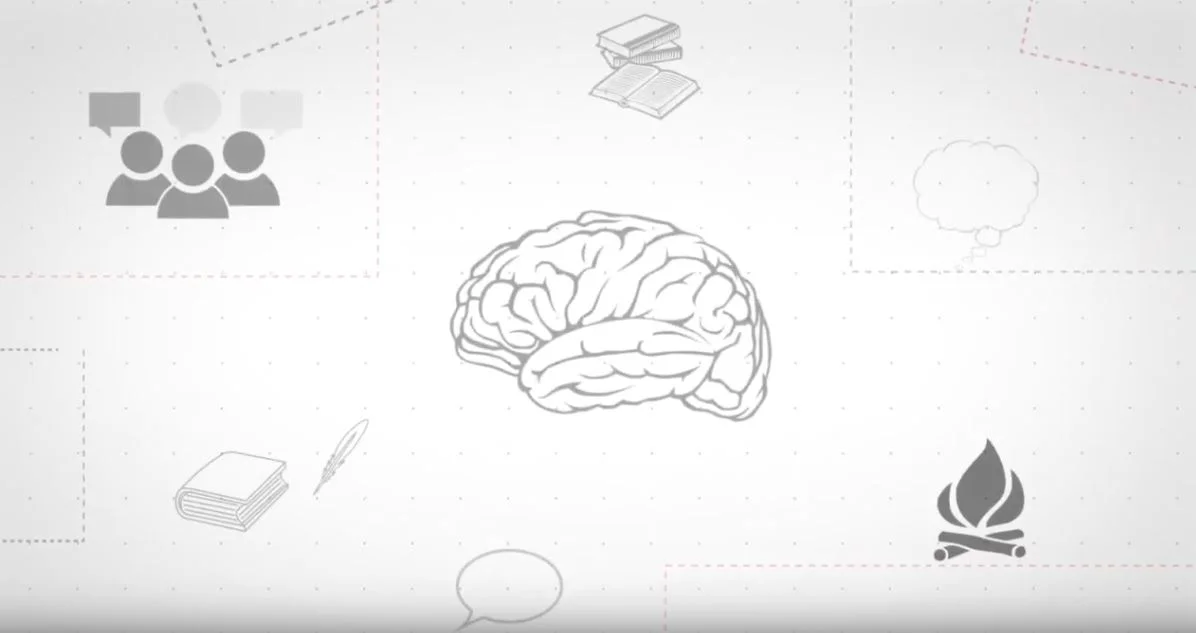Today, the world we live in is a vuca world – a world that is characterized by volatility, uncertainty, complexity and ambiguity. At a time like this, brands are permanently faced with lots of diverse challenges. With increasing regularity, these brands have to reinvent themselves in order to retain their relevance and keep their competitive edge in the market. They have to be adaptive to all the demanding circumstances and requirements of a vuca world. At regular intervals, this means that those brands need to reflect on their current state. Let’s call it starting point A. They have to challenge their own status quo and ask self-critically ‚How do people see our brand and how do they act?‘ and ‚What and how do we have to change ourselves?‘.
As soon as this current mischief is identified relentlessly, a brand is ready to re-think and ultimately to re-shape its future state as a consequence. Let’s call this future state endpoint B. For this purpose, a spicy mixture of the relation to reality and the power of imagination is vital: What kind of future state can be imagined for our brand? And what are the limitations we are faced with realistically? Debating this area of tension, a brand always should draft alternative narrative territories (B1, B2 or B3) to tap into and explore. Creativity leads us into these territories. When it finally comes to decision making which one is the most promising territory for actually re-authoring its future, we need a change of perspective and put the consumer in the center of our thinking. We need to ask: How do we want to change him or her? Because each narrative implies a distinct impact on the consumer. Already in 1993, the author R.J. Gerrig stated in his book ‚Experiencing Narrative Worlds‘ that the consumer (= traveller) „goes some distance from his or her world of origin [= starting point A], somewhat changed by the journey“. In this sense, we can spot a move from A to B. From a consumer’s point of view, the narrative therewith marks a journey changing them. And for the brand, ideally this means a progress that reveals new perspectives.
After a short introduction, the interactive session is composed of thee parts:
(1) Case studies: You will be given three famous brands as short case studies. Each brand holds a certain current state and is respectively faced with a challenge. This is the starting point A. (OI)
(2) Groupwork: In groups, you will be working on one of these brands, re-shaping its future by drafting alternative narrative territories (B1, B2 or B3) to tap into. Therefor, you will be armed with a toolkit. (IC)
(3) Elevator pitch: As a last point, each group will present their alternative narratives as an elevator pitch.
































